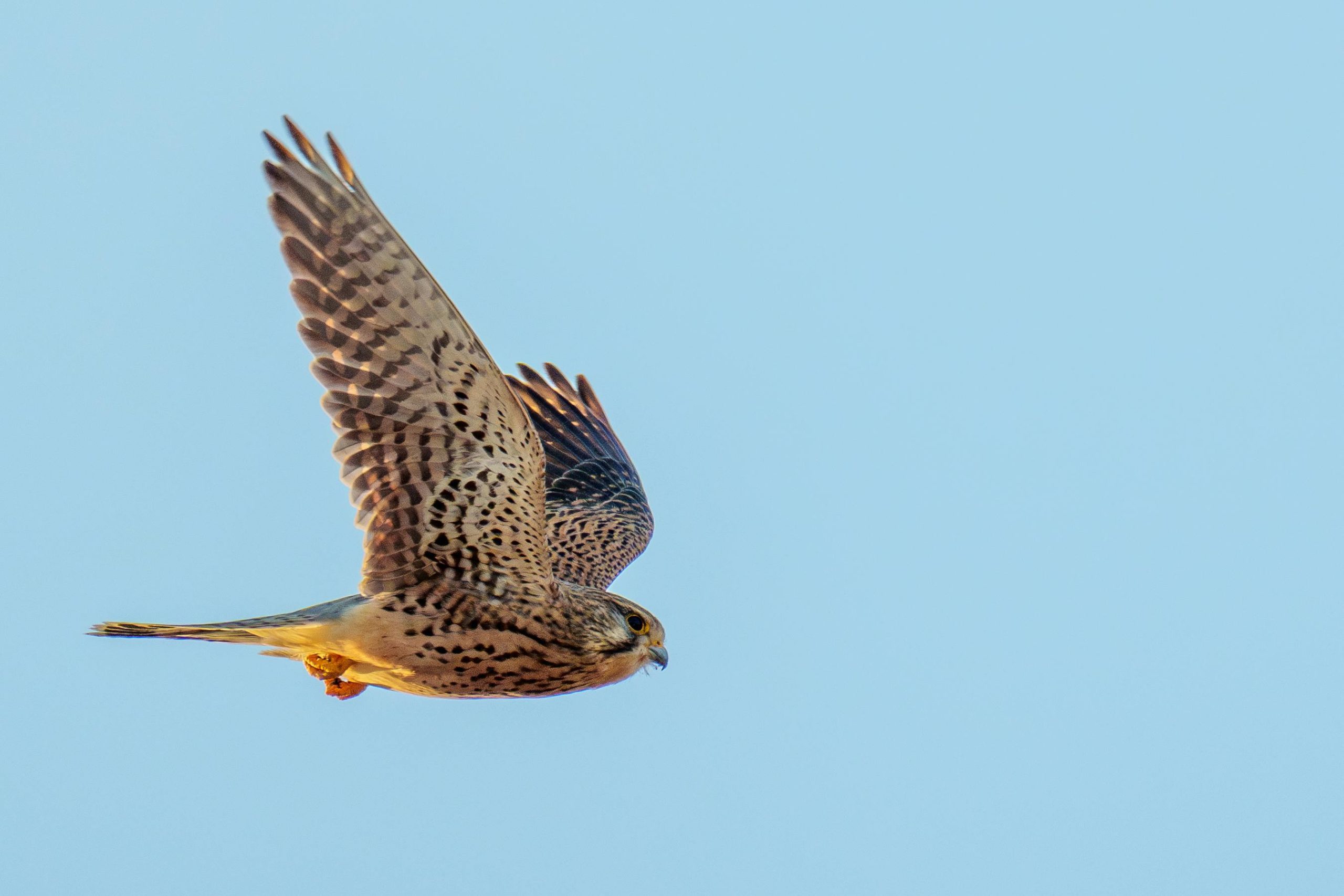A Birdwatcher’s Guide to East Africa: Unveiling the Region’s Avian Treasures
East Africa is a birdwatcher’s paradise, bursting with life and color. With over 1,500 bird species, the region is home to about 15% of the world’s bird population. Whether you’re a seasoned birder or just curious about wildlife, East Africa birding offers an unforgettable experience.

Why East Africa is a Birdwatcher’s Paradise
East Africa’s diverse geography—from vast savannas and alpine forests to wetlands and tropical rainforests—provides an incredible range of habitats for birds. It’s also strategically located along the Afro-Palearctic migration route, making it a critical stopover for millions of migratory birds traveling between Europe, Asia, and Southern Africa.
Key Migration Routes
One of the most fascinating birdwatching spectacles is migration. The Great Rift Valley, stretching from Lebanon to Mozambique, serves as a major flyway for birds. During migration seasons, birdwatchers can spot species such as:
- Amur Falcon
- Lesser Kestrel
- European Roller
- White Stork
Bird migration peaks between September and April, making it an ideal time to plan a birding trip.
🔗 Learn more about bird migration
Endemic Treasures
The region also hosts over 150 endemic bird species, found nowhere else on Earth. These birds have evolved in isolation in unique microclimates and habitats. Highlights include:
- Taita White-eye – native to the Taita Hills in Kenya
- Aberdare Cisticola – only found in Kenya’s Aberdare range
- Kilimanjaro White-eye – exclusive to the slopes of Mount Kilimanjaro
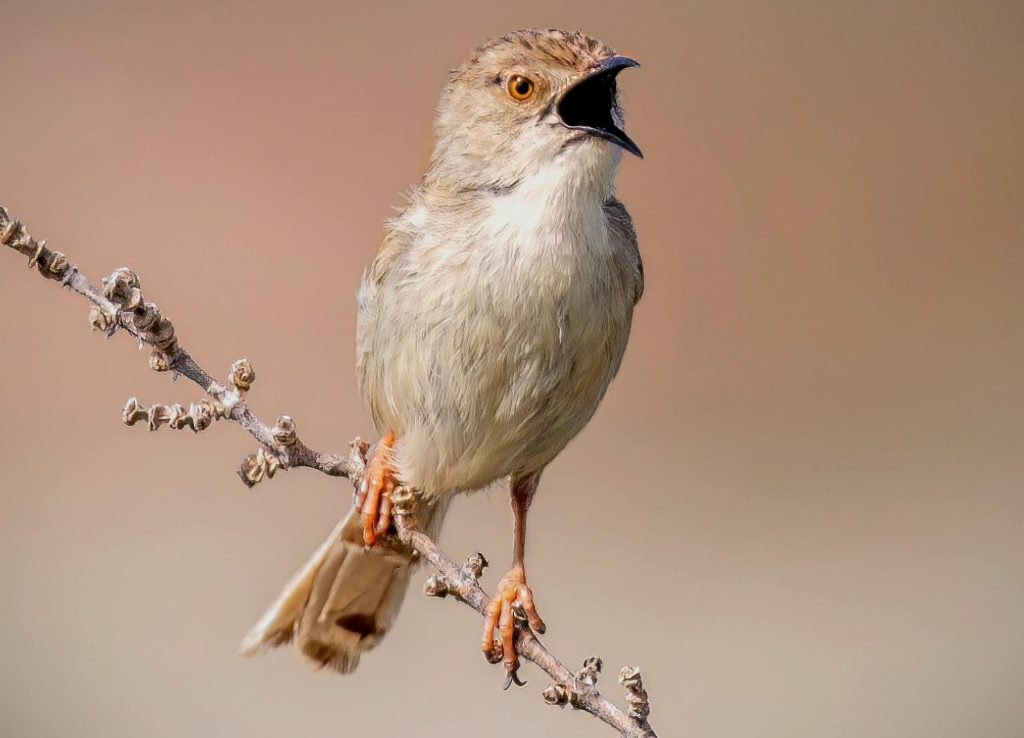
🔗 Explore East African endemic species
Kenya: The Crown Jewel of African Birding
Kenya is often considered the ultimate birdwatching destination. With over 1,100 bird species, including 60 endemics, the country offers a mix of accessible birding spots, great infrastructure, and experienced guides.
Lake Nakuru National Park
Renowned for its spectacular flamingo flocks, Lake Nakuru is also home to more than 400 bird species. Key sightings include:
- Lesser Flamingo
- Greater Flamingo
- African Fish Eagle
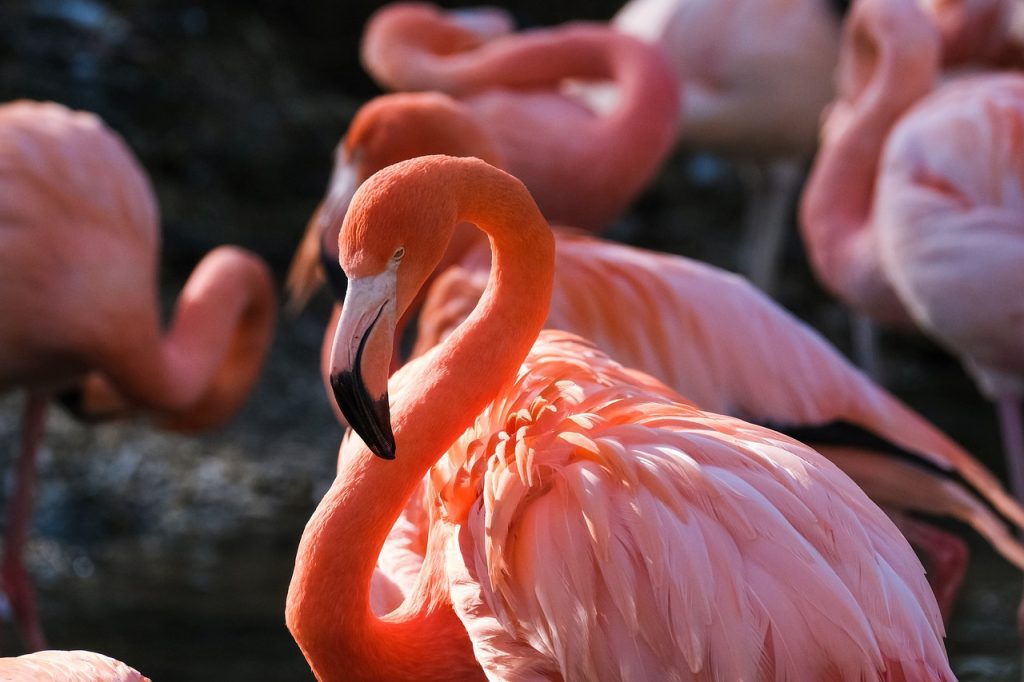
Aberdare National Park
Located in central Kenya, this park features misty forests and cool mountain air. It’s a haven for highland forest birds such as:
- Aberdare Cisticola
- Mountain Yellow Warbler
- Hunter’s Cisticola
🔗 Visit Aberdare National Park
Other Top Spots in Kenya
- Tsavo National Park – Great for raptors and ground hornbills
- Hell’s Gate National Park – Unique landscapes and cliff-dwelling species
- Kakamega Forest – The only tropical rainforest in Kenya
Tanzania: From Serengeti Skies to Hidden Forests
Tanzania is famed for the Serengeti and Mount Kilimanjaro, but its birdlife is equally impressive. With over 1,000 species, the country’s birding destinations are as diverse as its landscapes.
Serengeti National Park
Known for the Great Migration, the Serengeti also hosts:
- Karamoja Apalis
- Red-throated Tit
- Rufous-tailed Weaver
Tarangire National Park
Home to majestic baobabs and large elephant herds, this park also attracts colorful birds such as:
- Yellow-collared Lovebird
- Red-billed Buffalo Weaver
- White-headed Barbet

Other Top Spots in Tanzania
- Ngorongoro Crater – A biodiversity hotspot
- Lake Manyara – Known for flamingos and waterfowl
- Rubondo Island – Rare island birding experience
Uganda: The Realm of the Shoebill
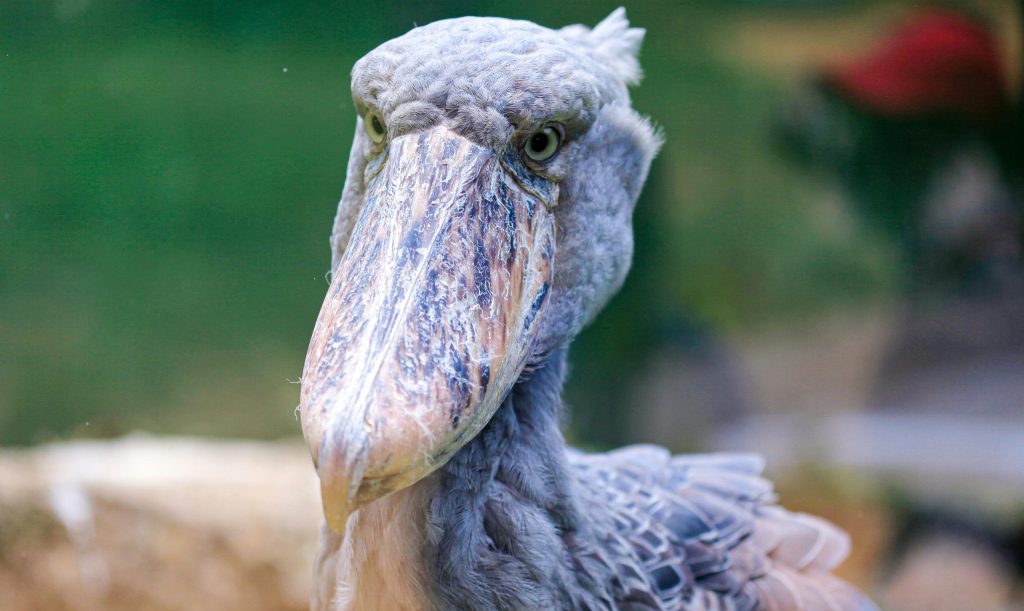
Uganda’s lush wetlands, forests, and lakes make it a top birding location. With over 1,000 species, it’s the best place in the world to see the rare and prehistoric-looking Shoebill Stork.
Mabamba Swamp
Located near Entebbe on the shores of Lake Victoria, this swamp is a must-visit for Shoebill sightings. Other notable species include:
- Blue-headed Coucal
- Blue-breasted Bee-eater
- White-winged Warbler
Bwindi Impenetrable National Park
A UNESCO World Heritage Site, Bwindi is not just for gorilla trekking—it also offers spectacular birding with over 350 species:
- Chapin’s Flycatcher
- Short-tailed Warbler
- Kivu Ground Thrush
More Birding Hotspots in Uganda
- Queen Elizabeth National Park
- Kibale Forest – Famous for chimpanzees and birds
- Semuliki National Park – Rich in Central African bird species
Rwanda & Burundi: Forest Jewels of the Great Lakes
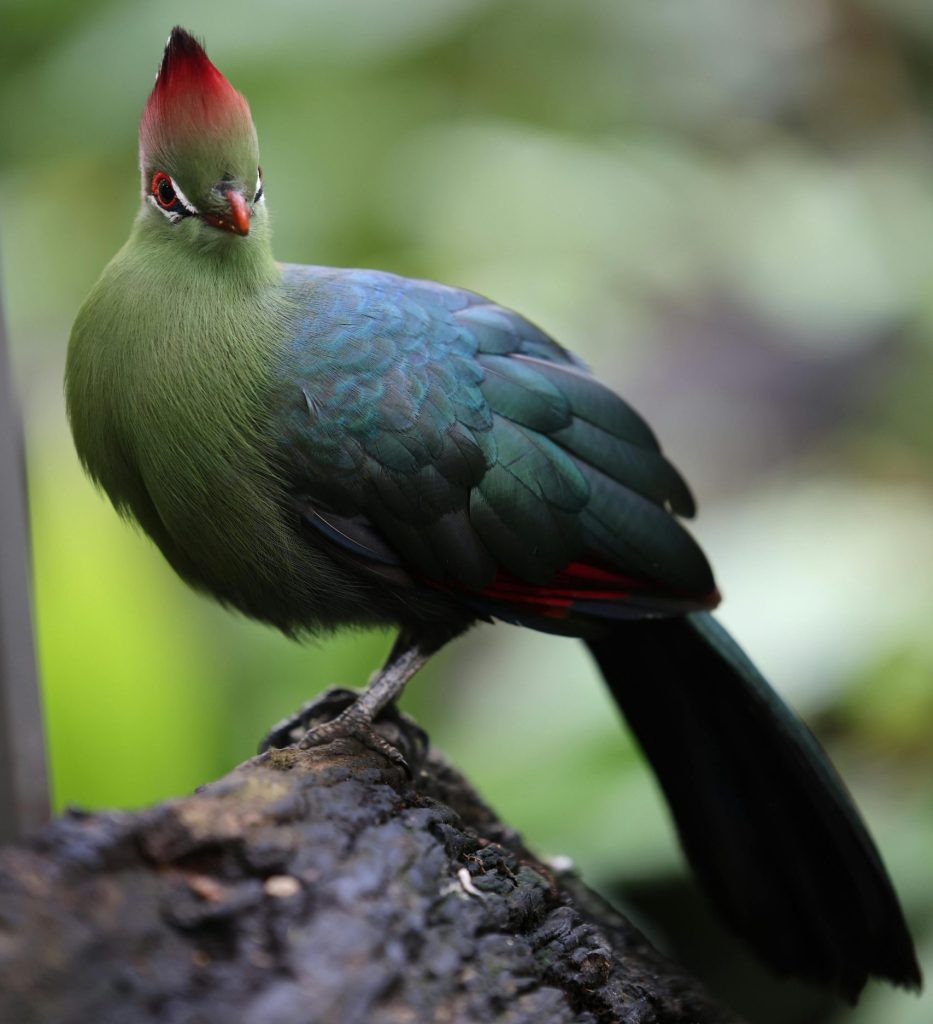
Though often overlooked, Rwanda and Burundi offer rewarding birding in compact and biodiverse areas.
Nyungwe National Park (Rwanda)
One of Africa’s oldest rainforests, Nyungwe is home to over 300 bird species, including:
- Ruwenzori Turaco
- Great Blue Turaco
- Yellow-crested Helmetshrike
Akagera National Park (Rwanda)
Akagera is ideal for wetland and savanna birds. Notable species:
- Shoebill
- Saddle-billed Stork
- African Skimmer
Birding in Burundi
- Ruvubu National Park – Largest national park in Burundi
- Kibira National Park – Montane forest with rich birdlife
Planning Your East African Birding Adventure
A successful East Africa birding trip depends on good planning.
Best Times to Go
- Dry seasons (December–March and June–September) are best for visibility and travel ease
- Migration periods offer chances to see rare migrants
Birding Essentials
- Binoculars (8×42 recommended)
- Field guide – Try Birds of East Africa by Stevenson & Fanshawe
- Camera with zoom lens
- Notebook or birding app for logging sightings
Hire a Local Guide
Local bird guides know the best spots, calls, and behaviors.
Safety and Travel Tips
- Check visa requirements for each country
- Ensure vaccinations (Yellow Fever, Hepatitis, etc.)
- Pack light but bring layers for varying climates
- Stay in eco-lodges for sustainable travel
Conclusion
Whether you’re hoping to glimpse the Shoebill in Uganda, watch flamingos at Lake Nakuru, or track endemics in the Taita Hills, East Africa birding is truly a dream experience.
🦜 So pack your binoculars, download your birding checklist, and get ready to explore one of the richest birding regions on the planet!

